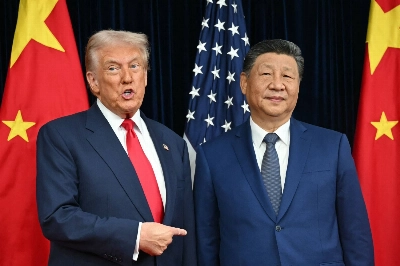Adding concrete content to a catchy acronym has become a pressing challenge for BRICS, which brings Brazil, Russia, India, China and South Africa together. BRICS presents itself meretriciously as a powerful grouping. After all, its member-states together represent more than a quarter of the Earth's landmass, 42 percent of the global population, almost 25 percent of the world's gross domestic product, and nearly half of the global foreign exchange and gold reserves.
However, as the October BRICS summit in Goa highlighted, there is little in common among its member-states. Although these five emerging economies pride themselves on forming the first important non-Western global initiative, the grouping is still searching to define a common identity and build institutionalized cooperation.
Six years after it expanded from a four-member BRIC to the five-nation BRICS by adding South Africa, it has yet to unveil a common action plan to help bring about fundamental changes in the architecture of global finance and governance or to accelerate the decline of the era of Atlantic dominance.
















With your current subscription plan you can comment on stories. However, before writing your first comment, please create a display name in the Profile section of your subscriber account page.